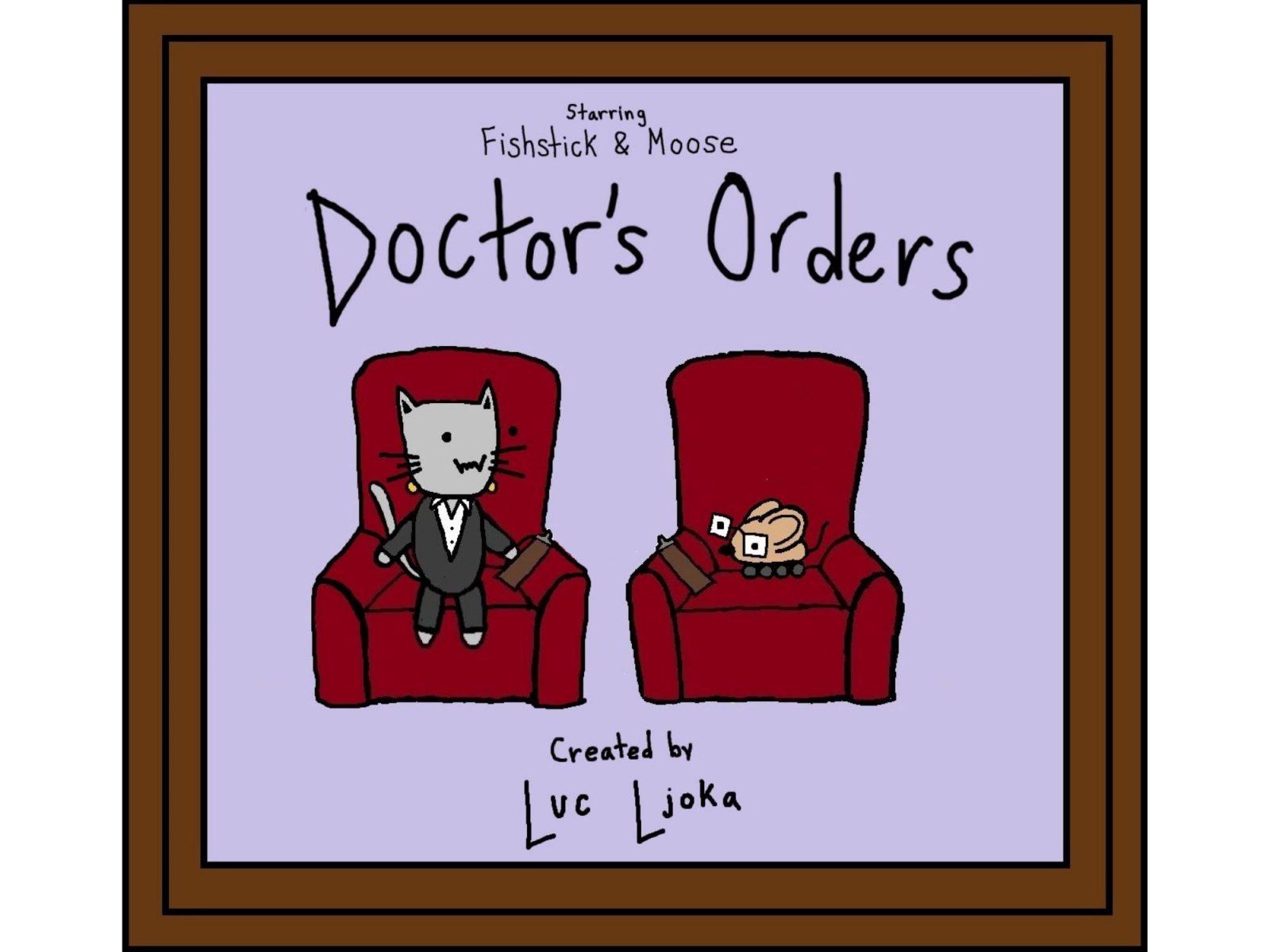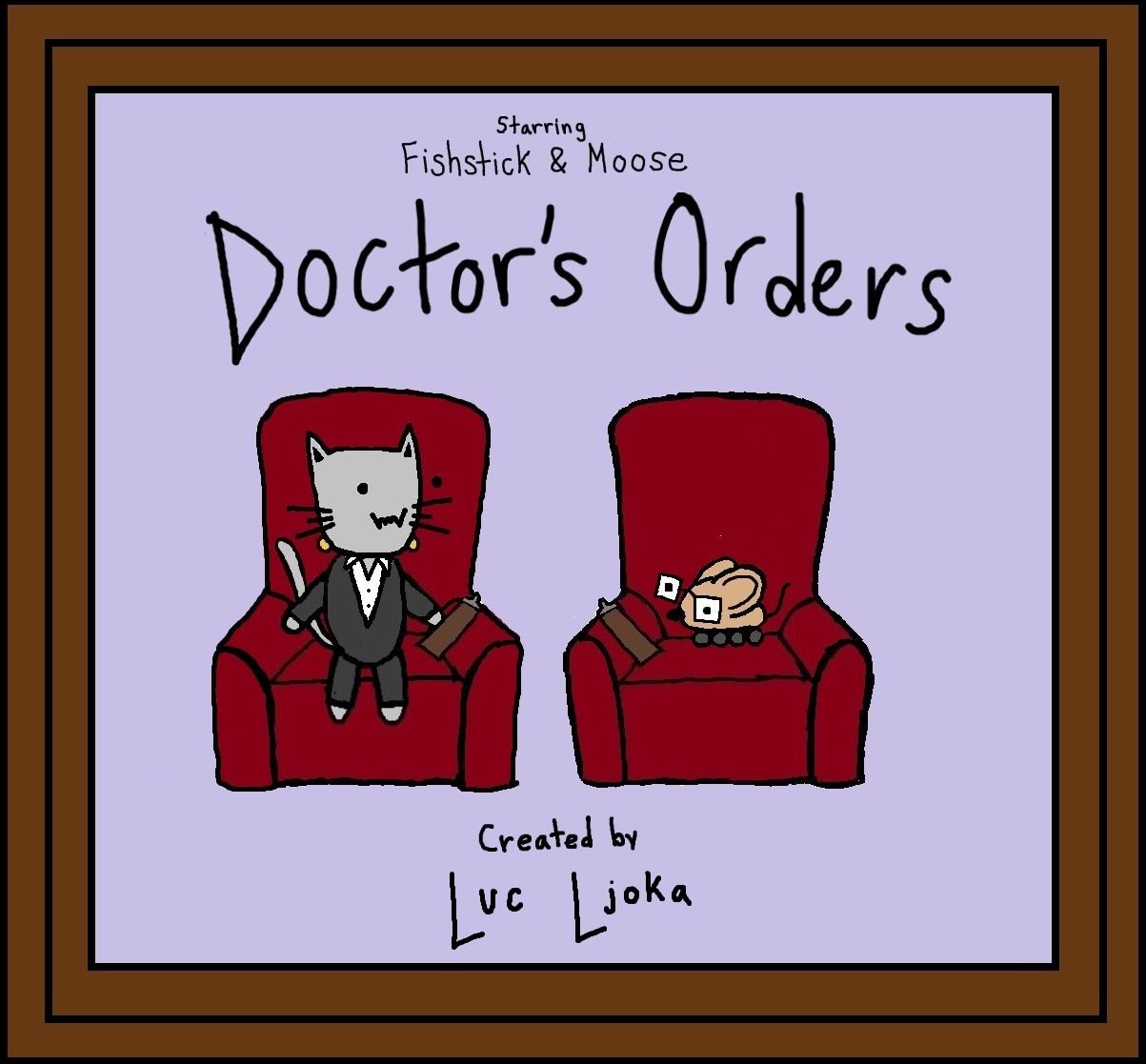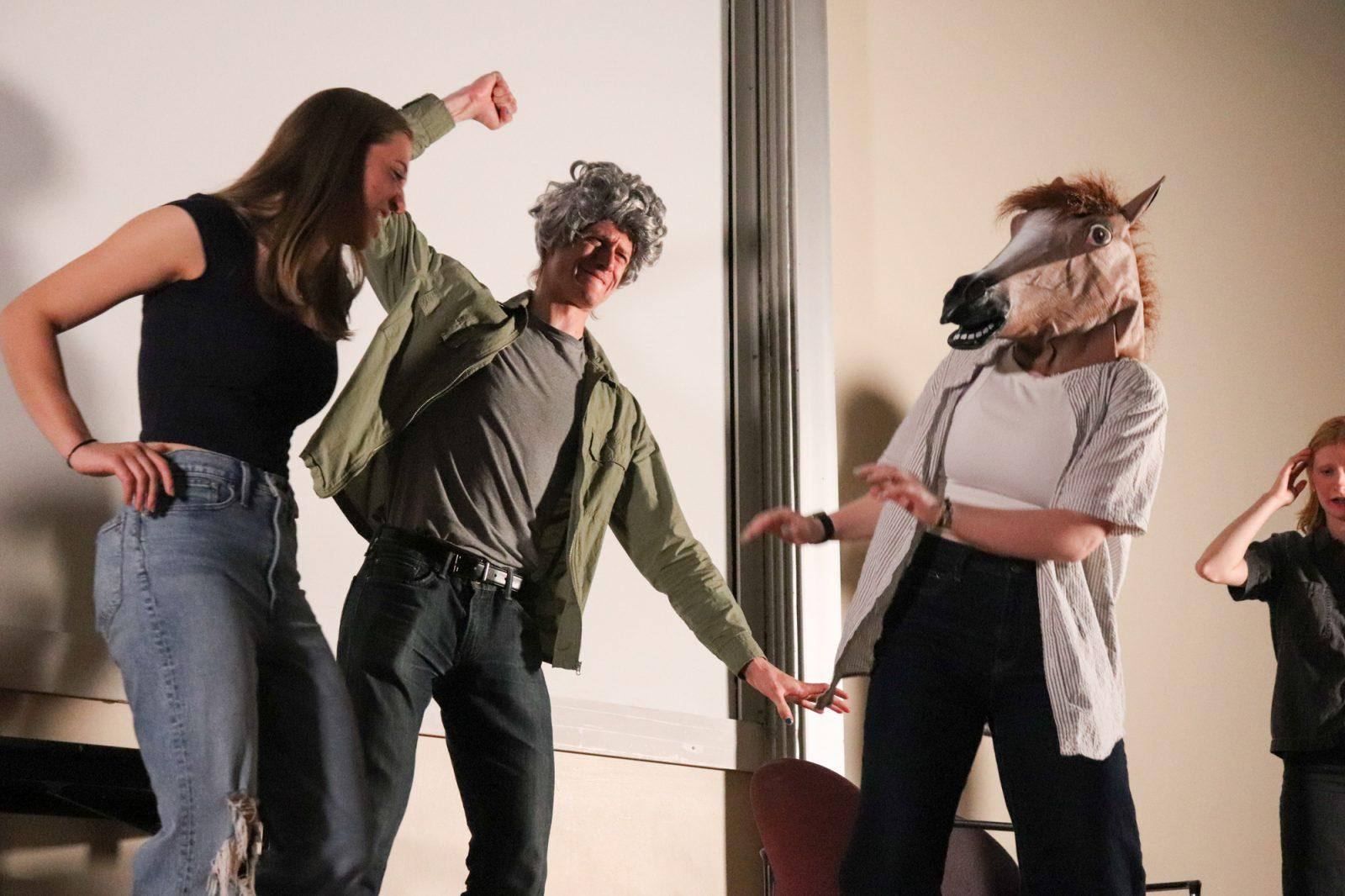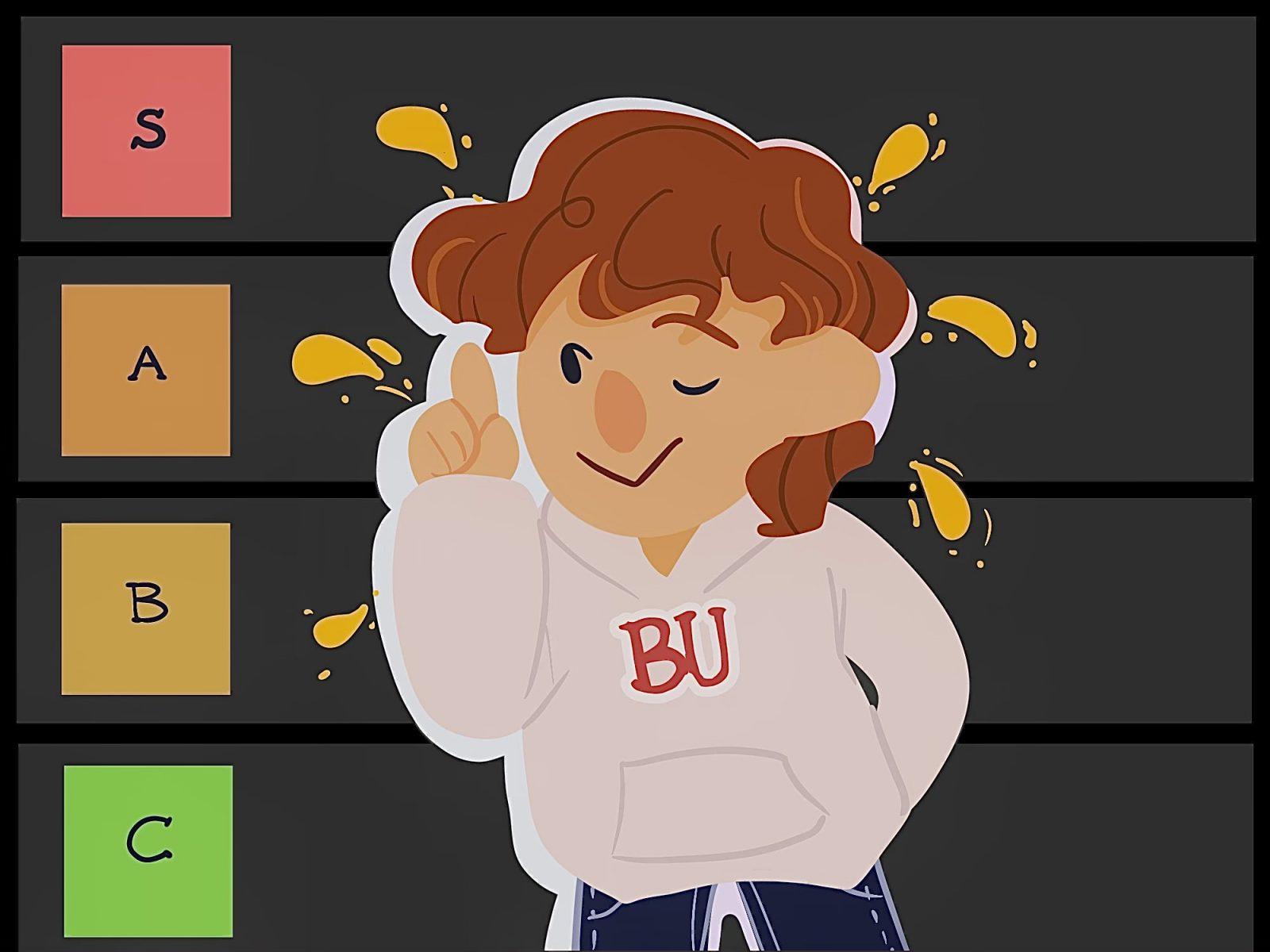Picture a possum playing dead. Its body is limp, its tongue is sticking out and it seems to have stopped breathing. It’s frozen, completely devoid of all signs of life.
While the possum isn’t actually dead, it is also not pretending. In fact, it has entered an involuntary state of catatonia, rendering it immobile in reaction to the shock of a predatory threat.
The autonomic nervous system regulates involuntary functions, such as breathing and circulation. It also monitors our stress response.
At any given moment, depending on whether the ANS detects a dangerous environment or a safe one, it will go into any one of three possible states: safe, mobilized or immobilized.

The safe state is what we experience when the ANS doesn’t detect any current threats. This is the state we are in when we feel calm, relaxed or when we engage in a social activity.
The mobilized state is what we commonly refer to as our “fight or flight response,” during which one’s adrenaline increases, allowing us to respond to a threat either by facing it directly or getting out of the dangerous situation.
Lastly, the immobilized state is what can commonly be referred to as freezing. Whenever the ANS determines that a threat is too overwhelming to handle, it shuts the body down, lowering our heart rate, blood pressure and body temperature.
These involuntary decisions from the nervous system are out of our conscious control. They are responses that just happen. It doesn’t matter if we can understand why we react a certain way or whether we feel connected enough to our bodies to be prepared. They just happen.
As each of us navigates the world, cultivating who we are, developing relationships with others and moving along the trajectory of time, we are constantly processing the information presented to us.
In a process deemed neuroception, our bodies determine the safety level of every situation. No matter what our conscious mind believes, the ANS may see something or someone as dangerous or life-threatening and alter bodily functions accordingly.
Think of being in a situation where everything seems fine and, all of sudden, the body starts to feel like something is off. In these moments, primitive intuition is communicating something strongly and controls autonomic functions without much warning.
People’s responses will be different based on what traumas they’ve faced and what their nervous system believes they are capable of in a given moment. This is why, for some people, a situation that is not life-threatening — such as taking a timed exam, participating in social interaction or getting through a shift at work — may be met with concerning symptoms such as a high heart rate.
Sometimes shutting down is not a choice. It’s just what the body does. For those inflicted with trauma from an isolated incident or a chronic stressor, the ANS can become unregulated and start detecting danger in situations that aren’t dangerous.
Thus, in a moment of extreme fear or stress, the ANS will instigate the involuntary defense mechanism of freezing. This is why some people don’t scream or run for help when confronted with sudden danger. They can’t because they’re frozen.
The freeze response can apply to the average college student in this country, particularly in consideration of usual concurrent stressors such as the typical college lifestyle, the work-driven culture of the United States, information overload common with frequent internet usage and increased generational stress and anxiety levels.
Being overwhelmed by intense sensations of stress, pressure, emotions and socializing can cause some people to shut down or burn out. This long-term shutdown mode, rather than a form of self-preservation during a moment of attack, may just be a manifestation of an autonomic nervous system that is out of equilibrium due to trauma.
If you often experience chronic symptoms of nausea, feel your throat close up when you try to express yourself, have a hard time thinking clearly or just generally have so little energy that all you can conceive of doing is lying down for days on end, you may be in freeze mode.
It’s imperative that those of us whose bodies often resort to freezing when faced with intense stress and fear understand that this is an involuntary response. Your body’s behavior is dictated by how you’ve responded to past traumas.
The first step to getting better is to validate your experience. Take time to educate yourself on psychology, the connection between the mind and the body and how childhood experiences affect adult patterns of behavior.
If you’re in freeze mode, you’re not inadequate or undeserving. And most importantly, you’re not alone.































































































































